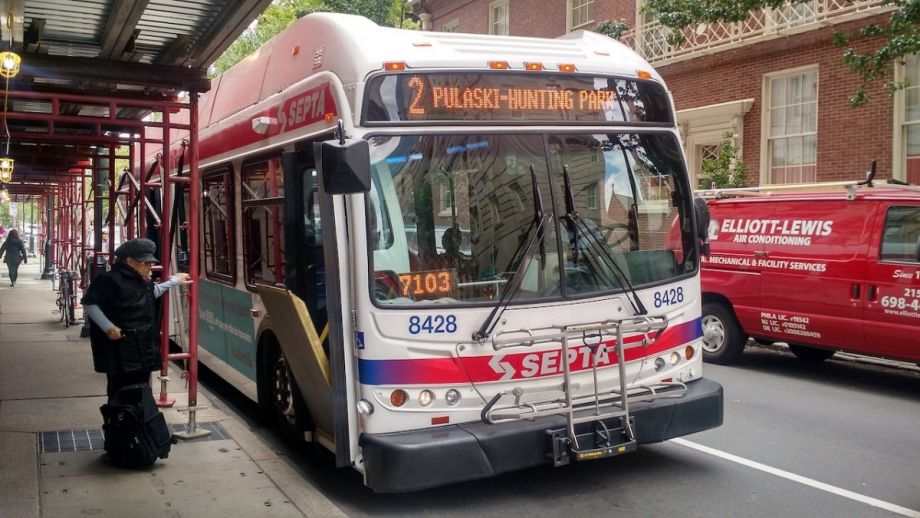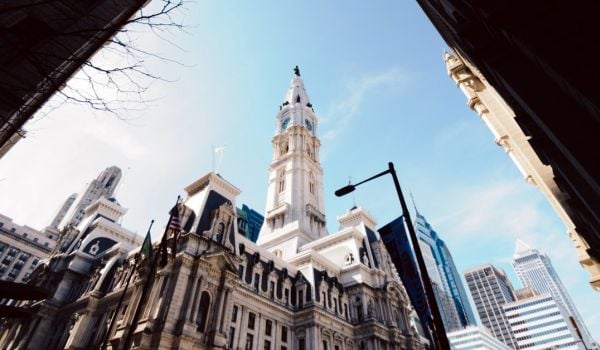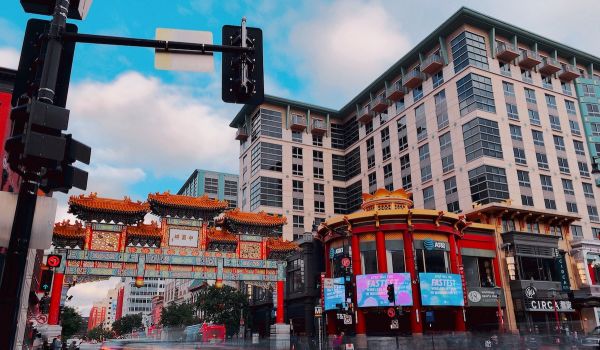“Transportation equity” has become a hot topic of late, with much lip service paid to the notion that the country should steer transportation investments so they benefit the disadvantaged the most. The discussion should become more intense with the release of a study that shows which cities gained riders and which ones lost them since 1970 — and where transit connects people to job opportunities and where it doesn’t.
If, as a recent study reported on in Gizmodo concludes, our urban commutes will become even more hellish unless we take cars off the roads rather than add them, all these trends point in the wrong direction, which makes transportation equity an even more important issue.
Fifty Years of Transit Winners and Losers: The Haves Get More, the Have-Nots Less
One reason why the consensus on infrastructure spending breaks down when it comes to transit (“The Mobile City,” June 23) is this: Fewer people ride transit now than did 50 years ago overall.
But, as Jake Blumgart reports in Governing, the drop is not uniform nationwide. While the total number of transit patrons as a whole nationwide has fallen by 50 percent since 1970, some cities have gained riders during that same period.
The big winners, in terms of raw numbers: The coastal superstar cities that have seen high-tech employment boom in their centers. The big losers: The big cities of the Rust Belt, plus one of the coastal metropolises: Philadelphia, which lost more than 100,000 riders over that period, more than any other city in the longitudinal study of transit ridership trends in large U.S. metros conducted for the Urban Institute by Yonah Freemark.
Blumgart’s article attributes the difference in large part to the types of jobs that have sprung up close to transit. For instance, Boston and Philadelphia both added about 900,000 jobs over the half century, but the nature and location of the jobs were different: “Boston has been able to attract a white-collar, tech-focused base of workers in their downtown in a way that Philadelphia has not,” Freemark, senior research associate in metropolitan housing and communities at the Urban Institute, told Governing. “You can see that Philadelphia’s GDP per capita is much lower than Boston’s. The types of jobs that are available in any individual metropolitan area influence how many people use public transportation, because tech jobs are more likely to be focused downtown.”
Freemark also attributes the differing trends to the general tendency in this country of divorcing transportation planning from land use planning. Because of this separation, however, city-dwellers who would rather not buy cars end up either buying them or moving to cities with a better match between transit service and decent jobs.
And this, says Freemark, could exacerbate the gap between the superstar cities and the rest: “Regions that are wealthy become wealthier by attracting more venture capital investment, and they’re able to do things like improve their transit system. That attracts more jobs downtown, which attracts more people on transit, which further reinforces the attractivity of those places and encourages more growth.”
Another Study Highlights the Demographic Dimensions of the Mismatch
Freemark’s study comes on the heels of a similar study by TransitCenter that examined how well transit systems connect various socioeconomic, racial and ethnic groups to job opportunities.
That study, which Streetsblog USA covered on June 19, looked at the ease of getting to essential businesses and services, the number of jobs accessible in 45 minutes by transit, and how changes in service frequency and reliability bought on by the pandemic affected various categories of riders in six large U.S. metros: Chicago, Los Angeles, New York, Philadelphia, San Francisco-Oakland, and Washington. A study of a seventh city, Boston, is underway.
What TransitCenter found is that in general, far more jobs can be reached within 45 minutes by car than by transit in all six cities. But in five of them, white people could reach more jobs by transit within that time limit than Black people could. Philadelphia was the exception to this rule. In New York, San Francisco-Oakland, and Washington, white people enjoyed 45-minute transit access to substantially more jobs than Black people did. (All three of these cities gained riders over the 50-year period Freemark studied.) However, in Chicago, Asian people had transit access to the greatest number of jobs, and in Los Angeles, people living in poverty enjoyed the best job access.
TransitCenter’s study also examined how much time it took to reach essential services like food stores, pharmacies, hospitals and higher education by car and by transit. In most cases, it took anywhere from three to four times as long to reach these services on transit.
Adding to the disparity is the class divide in transit service in all of these cities. “In many of our cities, we have this two-tiered public transit system where one mode is more expensive — for example, an express bus system, or a commuter train — whose main purpose is to transport more affluent, largely white commuters to their jobs in the city centers, and then whisk them back to the suburbs at the end of the day,” said Mary Buchanan, co-author of the TransitCenter study. “Then there’s the local system — usually a bus — which is often less expensive and makes more stops in the city center, but it’s also a lot more costly in terms of time, reliability, and ease of use. That dynamic, where transit service for people with more means is more effective and transit for service for everyone else is less effective, is pretty pervasive — and there’s been a lot of research that over time, it discourages [the latter group] from riding transit at all.”
Analysis of this sort had been difficult in the past, but open data has made it possible now. And, Streetsblog reports, two members of Congress — Senators Tammy Baldwin (D-Wis.) and Joni Ernst (R-Iowa) have introduced legislation that would launch a pilot program aimed at doing this sort of research in more cities.
And in Washington, One Small Blow for Greater Transit Equity
Most large-city transit systems have moved to make combined trips using buses and subways cheaper by reducing or eliminating transfer charges. Greater Greater Washington reports that Washington has finally joined that list of systems.
Among the service changes and improvements the Washington Metropolitan Area Transportation Authority board of directors approved this month was the elimination of the separate fare riders pay when they switch from bus to rail or vice versa. WMATA had offered a 50-cent discount on the bus fare when transferring from the train, but as the article notes, that still wasn’t free.
Greater Greater Washington had been advocating for this change for some time as one easy way to get more people out of cars and onto transit, as well as make it easier for lower-income riders to get where they’re going efficiently.
“A public transit system’s job is to get people around as reliably, efficiently, and accessibly as possible, and charging full or near-full fares for two legs of one journey means that some people take very long bus rides (or even two) when changing to rail would get them there faster. Riders only do this because we charge more for combining two types of transit in the same journey, like a premium product instead of a staple public good,” the article notes.
“That’s why we call [the transfer fare] a penalty: the current system makes it harder to take the journey that the transit system ostensibly ‘wants’ them to take (the efficient one), and that burden falls hardest on lower-income riders.”
Know of a development that should be featured in this column? Send a Tweet with links to @MarketStEl using the hashtag #mobilecity.

Next City contributor Sandy Smith is the home and real estate editor at Philadelphia magazine. Over the years, his work has appeared in Hidden City Philadelphia, the Philadelphia Inquirer and other local and regional publications. His interest in cities stretches back to his youth in Kansas City, and his career in journalism and media relations extends back that far as well.
Follow Sandy .(JavaScript must be enabled to view this email address)
















